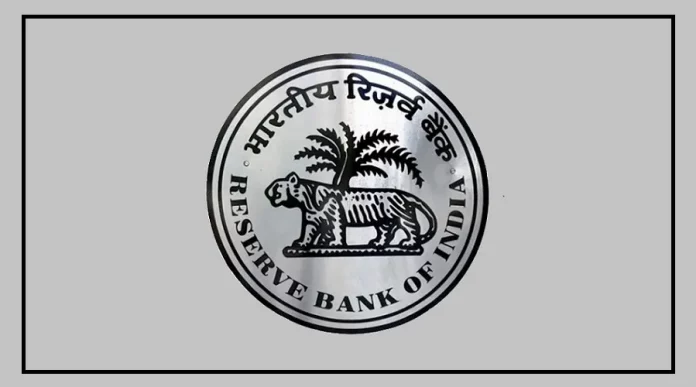The Reserve Bank of India has made a significant move for borrowers. In the meeting of the RBI’s Monetary Policy Committee, Governor Sanjay Malhotra announced that the committee decided to cut the repo rate by 0.25%.
The repo rate will now decrease from 6.50% to 6.25%. This decision clears the path for banks to lower interest rates on home loans, car loans, education loans, corporate loans, and personal loans.
The last time RBI reduced interest rates was in May 2020, during the COVID-19 lockdown, marking the first rate cut in 5 years.
For the first time in five years, loans have become cheaper
The first Monetary Policy Committee meeting, chaired by Sanjay Malhotra, who became the RBI governor in December 2024, lasted three days.
During the meeting, Malhotra announced a 0.25% or 25 basis point reduction in the repo rate, bringing it down to 6.25%.
This move makes borrowing cheaper for banks, and it is expected that banks will soon pass on these benefits to both new and existing loan customers.
Additionally, the RBI has reduced the Marginal Standing Facility from 6.75% to 6.50%, providing banks with more relief when borrowing from the RBI if needed.
GDP growth rate estimated at 6.7 percent in 2025-26
The RBI has revised its GDP growth projection for the financial year 2024-25 to 6.4 percent, down from the earlier estimate of 6.6 percent.
For the financial year 2025-26, the RBI has projected a GDP growth rate of 6.7 percent.
RBI Governor Sanjay Malhotra emphasized that efforts to strengthen the economy will continue, along with ongoing consultations with key stakeholders.
He also noted that while the Indian economy remains strong, the challenging global economic situation has had an impact on India as well.
RBI Sets 4.2% Inflation Target for 2025-26
A target inflation rate of 4.2 percent has been set for the financial year 2025-26.
The RBI Governor mentioned that since the inflation tolerance band was established, the average inflation rate has remained within the target.
Retail inflation has generally been low, with only a few instances where it exceeded the RBI’s tolerance band.
